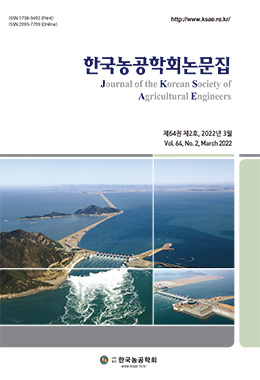This study analyzes the fuel conditions and environmental effects of converting heating in rural villages that rely on fossil fuels into wood fuel. In particular, we tried to derive the most important considerations when using wooden chips as fuel in aging agricultural villages where various variables such as weather, facility characteristics, fuel quality, and maintenance capabilities work. Above all, an experiment was conducted by comparing it with oak trees to determine whether Italian poplar, a representative attribute water created to supply fuel wood in Korea, is suitable for heating fuel. Through experiments, 1) Even though the supply of poplar wood chips during 10 hours of operation was 60.74 kg less than that of hardwood chips, the production of hot water was 140 kWh higher. 2) The higher the exhaust gas temperature, the proportional (increase) oxygen concentration and inversely (decrease) PM and CO emissions. 3) Poplar has twice as much ash content as hardwood and three times more fine dust has been detected, but it meets all the standards for wood quality at the Korea Forest Science Institute. 4) Under the condition that there is a difference in water content (7.7%), hardwood cost 1.13 times more wood chips per 1 MWh than poplar, and even if the water content is corrected equally, hardwood cost 1.05 times more per 1 MWh than poplar. 5) In conclusion, it was proved that the fuel possibility, economic possibility, and environmental possibility of poplar wood chips are sufficient.




